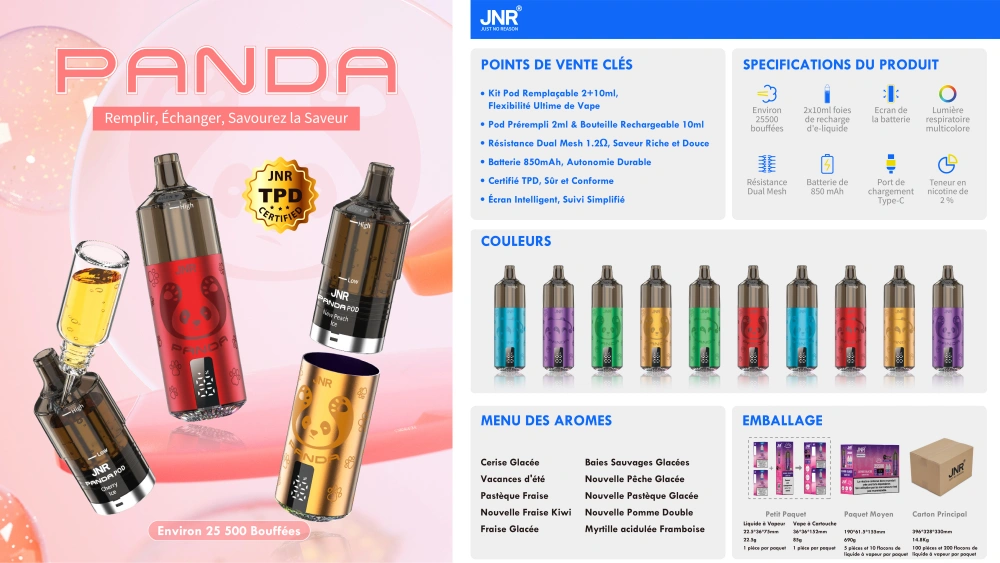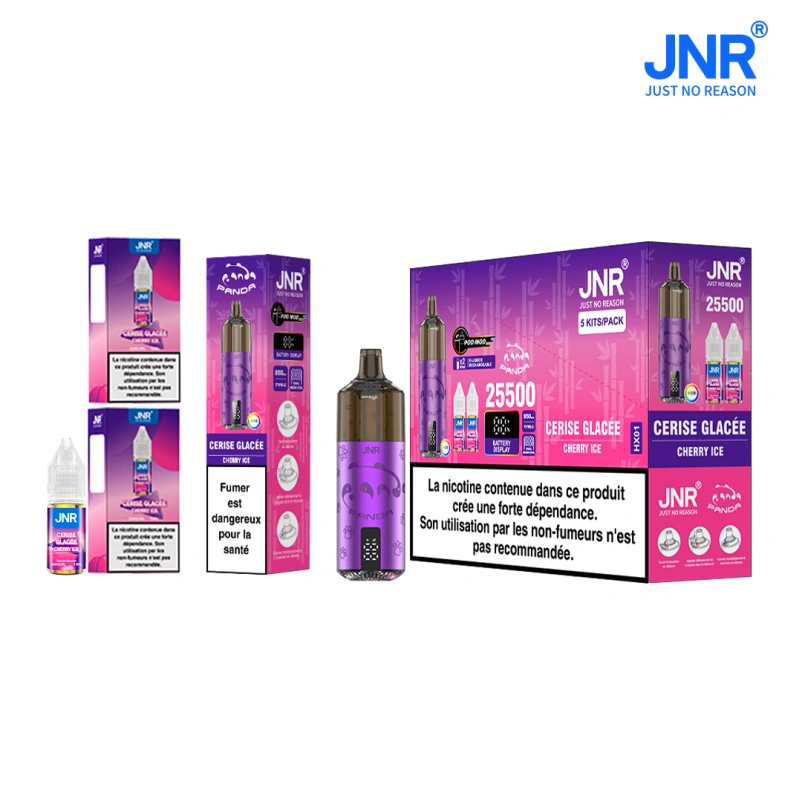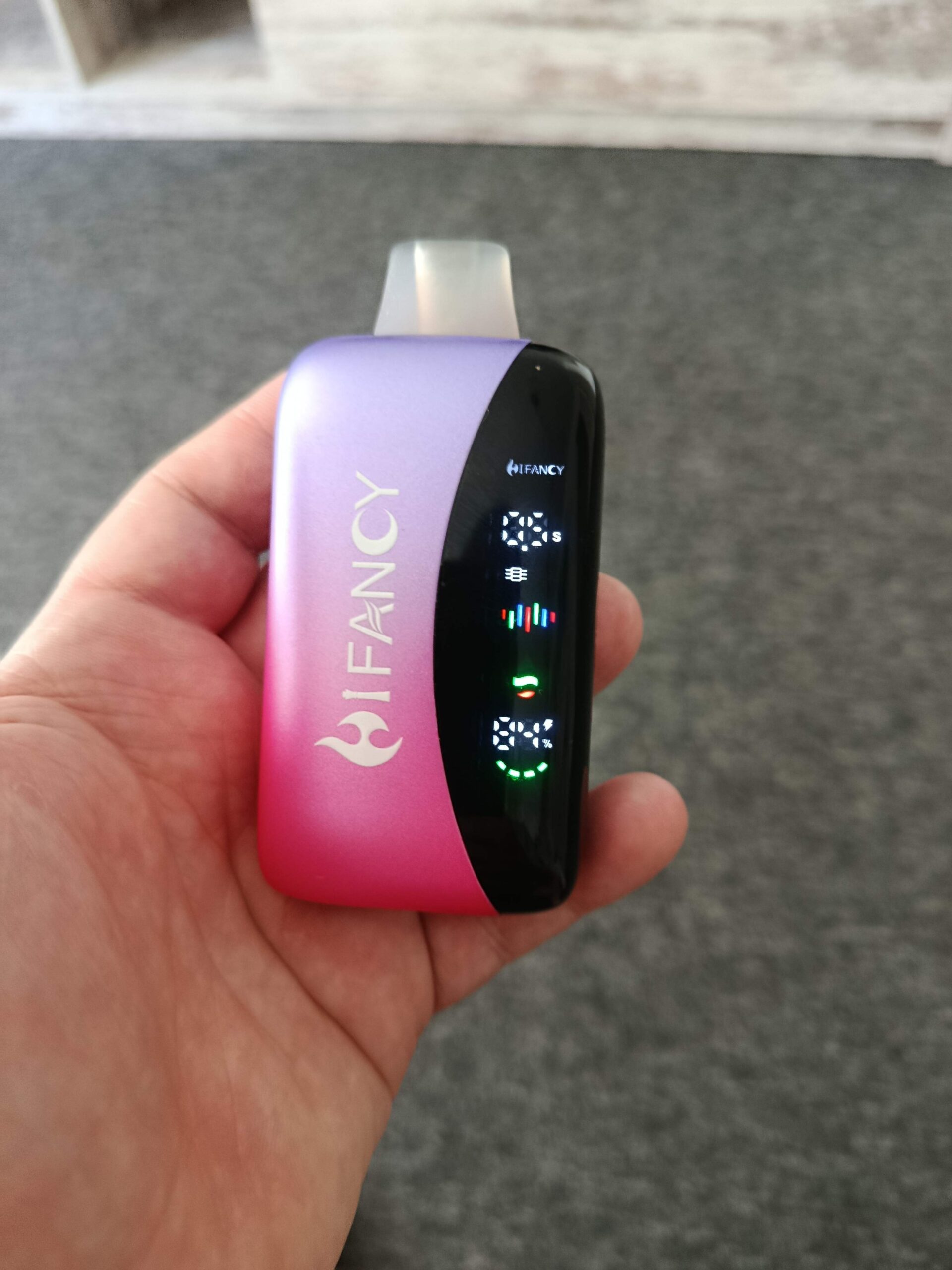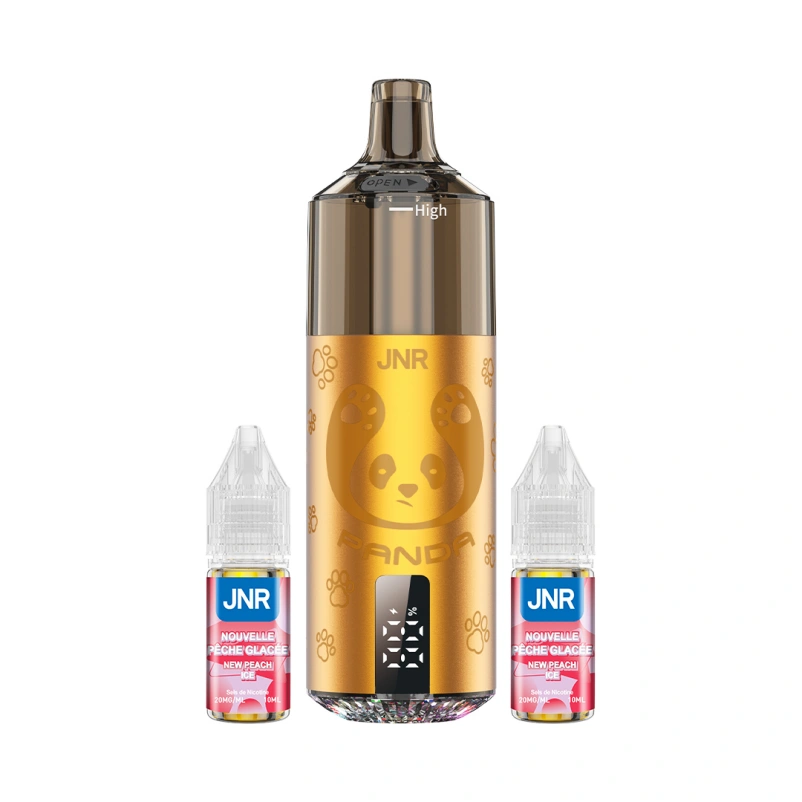Wpływ e-papierosów na zmysł węchu i smaku

How Electronic Cigarettes Affect Sense of Smell and Taste: Insights and Considerations
The senses of smell and taste are closely linked, playing a vital role in enjoying food, detecting hazards, and experiencing daily life. For smokers, these senses often become dulled over time due to exposure to tobacco smoke and its chemical compounds. Switching to electronic cigarettes (e-cigarettes) may lead to changes in sensory perception, but the extent and nature of these effects vary based on individual habits and usage patterns. Below, we explore how e-cigarettes influence smell and taste, along with factors that shape these outcomes.
Short-Term Sensory Changes After Switching to E-Cigarettes
Many smokers notice immediate improvements in their ability to smell and taste within days or weeks of quitting traditional cigarettes. This rapid recovery is linked to the reduction of harmful chemicals like tar and carbon monoxide, which coat the nasal passages and tongue, dulling sensory receptors.
Enhanced Flavor Perception
E-cigarettes deliver nicotine through vapor rather than smoke, which may reduce the buildup of residue in the mouth and nose. As a result, users often report that foods taste richer and scents seem more vivid. For example, someone who previously struggled to detect subtle spices in a meal might suddenly notice layers of flavor they hadn’t experienced in years. This heightened sensitivity can make eating more enjoyable and encourage healthier dietary choices.
Temporary Adjustment Period
Not all sensory changes are positive initially. Some users describe a metallic or artificial taste when first using e-cigarettes, particularly with certain flavorings or high-nicotine e-liquids. This sensation usually fades as the palate adjusts to the new stimulus. Additionally, individuals who switch abruptly from heavy smoking to vaping might experience a brief period of hypersensitivity, where strong smells or tastes feel overwhelming. Staying hydrated and experimenting with milder flavors can ease this transition.
Impact of Nicotine Strength
Nicotine itself can influence taste bud function. Higher concentrations may temporarily suppress flavor perception, while lower doses allow for greater sensitivity. Users who gradually reduce nicotine levels over time often observe a corresponding improvement in their ability to taste and smell. This gradual tapering also supports overall cessation goals by minimizing withdrawal-related sensory disruptions.
Long-Term Effects on Olfactory and Gustatory Systems
The long-term impact of e-cigarette use on smell and taste depends on factors such as duration of use, frequency of vaping, and whether users continue to smoke traditional cigarettes alongside vaping.
Potential for Partial Recovery
Research suggests that smokers who transition exclusively to e-cigarettes may experience partial or full recovery of their sensory abilities over months or years. A 2022 study in Badania nad nikotyną i tytoniem found that participants who quit smoking entirely—whether through vaping or other methods—showed significant improvements in odor identification tests compared to dual users. This indicates that complete cessation of tobacco smoke exposure is key to restoring sensory function.
Risk of Persistent Dulling
While e-cigarettes eliminate many toxins found in tobacco smoke, they still introduce chemicals like propylene glycol and vegetable glycerin into the respiratory system. Prolonged exposure to these substances, especially in high concentrations, could irritate nasal tissues or oral mucosa, potentially slowing sensory recovery. Additionally, users who vape frequently throughout the day may maintain a low level of nicotine in their system, which could prolong minor suppressive effects on taste buds.
Flavor Additives and Sensory Adaptation
E-liquids come in a wide range of flavors, from fruity to savory, which can either enhance or overwhelm sensory receptors. Regular exposure to intense artificial flavors might lead to adaptation, where users require stronger tastes to experience the same level of satisfaction. This phenomenon is similar to how repeated consumption of spicy foods can desensitize taste buds over time. Rotating flavors and incorporating natural, unflavored options can help prevent this adaptation.
Comparing E-Cigarettes to Traditional Smoking and Other Alternatives
Understanding how e-cigarettes stack up against other nicotine delivery methods provides context for their sensory effects.
Traditional Cigarettes vs. E-Cigarettes
Tobacco smoke contains over 7,000 chemicals, many of which damage olfactory and gustatory cells. Long-term smokers often lose the ability to detect certain odors or tastes entirely. E-cigarettes, by contrast, produce vapor that lacks these combustion-related toxins, making them less likely to cause irreversible sensory damage. However, they are not entirely risk-free, and their effects are still being studied.
Nicotine Replacement Therapies (NRTs)
Products like patches, gum, or lozenges deliver nicotine without the sensory stimulation of inhaling vapor or smoke. While NRTs may not directly improve smell or taste, they allow users to focus on sensory recovery by eliminating oral and nasal irritation from smoking. Some individuals prefer combining NRTs with gradual e-cigarette reduction to support both nicotine withdrawal and sensory adaptation.
Heat-Not-Burn Devices
These products heat tobacco instead of burning it, producing fewer harmful chemicals than traditional cigarettes. Early research suggests they may cause less sensory impairment than smoking, but their long-term effects remain unclear. Users considering heat-not-burn devices should weigh potential benefits against the continued use of tobacco, which still poses health risks.
Strategies to Support Sensory Recovery While Using E-Cigarettes
For those using e-cigarettes as a cessation aid, adopting habits that promote sensory health can enhance the transition.
Staying Hydrated
Dry mouth is a common side effect of vaping, which can exacerbate taste dullness. Drinking water regularly helps maintain saliva production, which is essential for dissolving food particles and activating taste receptors. Chewing sugar-free gum or sucking on ice chips can also stimulate saliva flow.
Prioritizing Oral Hygiene
Vaping can leave residues on the teeth and tongue, affecting taste perception. Brushing twice daily, flossing, and using a tongue scraper remove buildup and freshen breath. Regular dental checkups are equally important, as gum disease or infections can further impair taste.
Experimenting with Flavors Mindfully
Exploring diverse e-liquid flavors can keep the vaping experience engaging, but moderation is key. Overindulging in sweet or minty flavors might mask subtle tastes in food. Balancing bold flavors with neutral options allows users to appreciate nuanced sensory experiences without overwhelming their palate.
By recognizing how e-cigarettes influence smell and taste, users can make informed choices about their cessation journey. Whether aiming for complete nicotine freedom or long-term vaping, prioritizing sensory health enhances overall well-being and quality of life.









